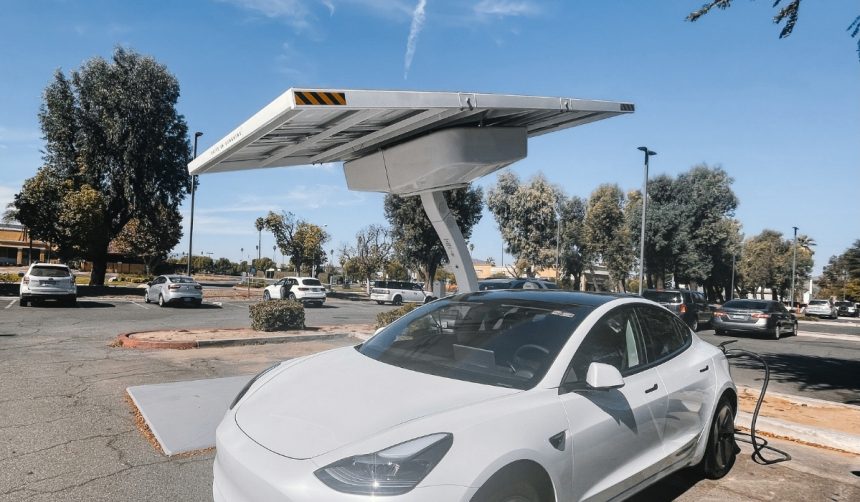Tesla’s latest Full Self-Driving (FSD) software release, which introduces the “Mad Max” mode, targets some of the biggest challenges faced by everyday drivers. With highways becoming increasingly congested and drivers under time pressure, Tesla’s new offering aims to address the reality of modern commutes. Early user feedback and company insights suggest the update might alter how drivers view automated assistance on crowded roads. Rather than promising flawless autonomy, the company seems to focus on practical improvements tuned to real-world conditions. While public curiosity grows, questions linger about how Mad Max mode will perform under a wide variety of travel scenarios.
During 2018, the “Mad Max” moniker surfaced as a playful reference to assertive freeway driving, but it remained in early testing stages for years. More recent updates had incrementally improved FSD’s confidence in lane changes and merging. However, past versions were often criticized for caution or hesitancy, particularly in denser traffic. With today’s release, FSD’s progression is marked by its bolder approach, signaling a shift from earlier iterations that prioritized restraint over agility. The pace of updates and increase in user engagement contrast with earlier, more limited deployments.
What Sets Mad Max Mode Apart from Previous FSD Updates?
Mad Max mode, released within Tesla’s FSD v14.1.2, is unique in its emphasis on assertiveness—its core aim is to execute higher-speed maneuvers and more frequent lane changes during heavy traffic. Tesla describes this feature as a solution for scenarios like racing to catch a flight or making it in time for family obligations.
“For when you’re late to your flight, or to pick your kid from school, and so on,”
said Ashok Elluswamy, Tesla’s Head of AI, highlighting the practical context of its application.
How Does Mad Max Mode Address Urban Traffic?
Urban settings with dense, dynamic traffic have long posed challenges for autonomous systems. Tesla’s Mad Max mode is intended to perform best during high-flow, high-pressure periods, showcasing accelerated decision-making without aggressive or erratic driving behavior. Despite ramped-up responsiveness, shared videos indicate the system continues to prioritize safety, reflecting Tesla’s ongoing attempts to blend assertiveness with careful route planning.
Will Drivers Find the Update Useful in Daily Commutes?
Initial reactions from Tesla owners and FSD testers have been favorable, citing time savings and reduced stress on busy commutes. Users sharing their experiences online noted Mad Max mode’s adaptive handling in real-world conditions. Elluswamy reinforced its value, stating,
“You’ll love it more during day time / denser traffic. Really showcases its decision making.”
The debut of Mad Max mode reflects Tesla’s continued push toward easing the realities of daily driving for users of its FSD system. By moving towards assertive, context-aware automation, the update highlights a trend where real-world applicability is prioritized over futuristic promises. For those considering FSD upgrades, close attention to community feedback and evolving regulatory standards will be important, since the industry is still developing best practices for highly automated features. The pragmatic approach in Mad Max mode may serve as an indicator for how Tesla and its competitors could further tailor automated systems, aiming not for perfection, but for meaningful convenience in the routines of modern drivers.










